Table of Contents
In the age of data, people have stricter requirements on the network. However, traditional TCP/IP Ethernet connections take up a lot of CPU resources and require additional data computation and copying which can no longer meet faster, efficient and scalable networks requirements. In this case, RDMA over Converged Ethernet goes into people’s vision.
Why Need RDMA?
RDMA (Remote Direct Memory Access is developed to solve the delay of server-side data computation in network transmission. It can directly access the memory of one host or server from the memory of another host or server without using the CPU. It frees up the CPU to do what it’s supposed to do, such as running applications and computation large amounts of data. This both increases bandwidth and reduces latency, jitter, and CPU consumption.
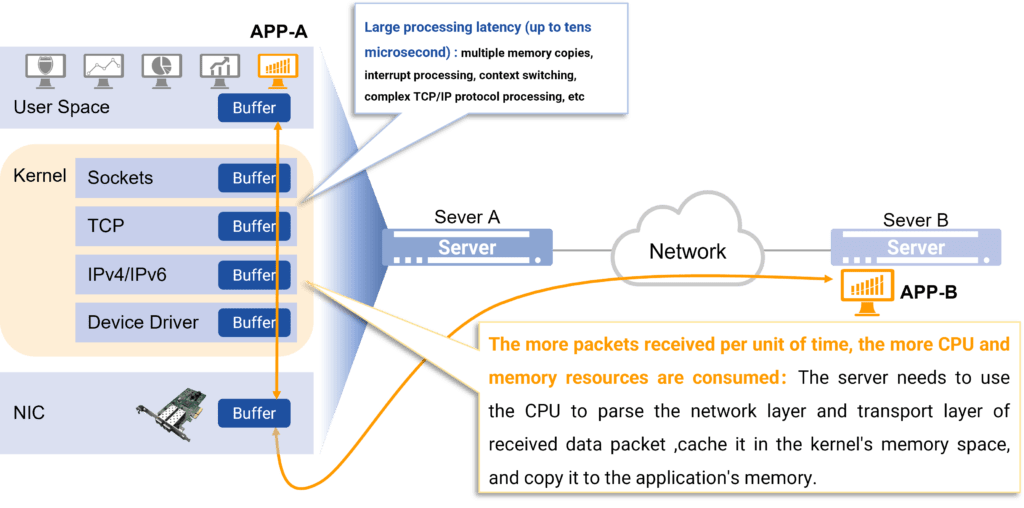
Therefore, RDMA can be simply understood as using related hardware and network technology, server A’s network card can directly read and write server B’s memory, resulting in high bandwidth, low latency.
As shown in the figure below, in RDMA mode, the application specifies the memory’s read and write address instead of participating data transfer computation.
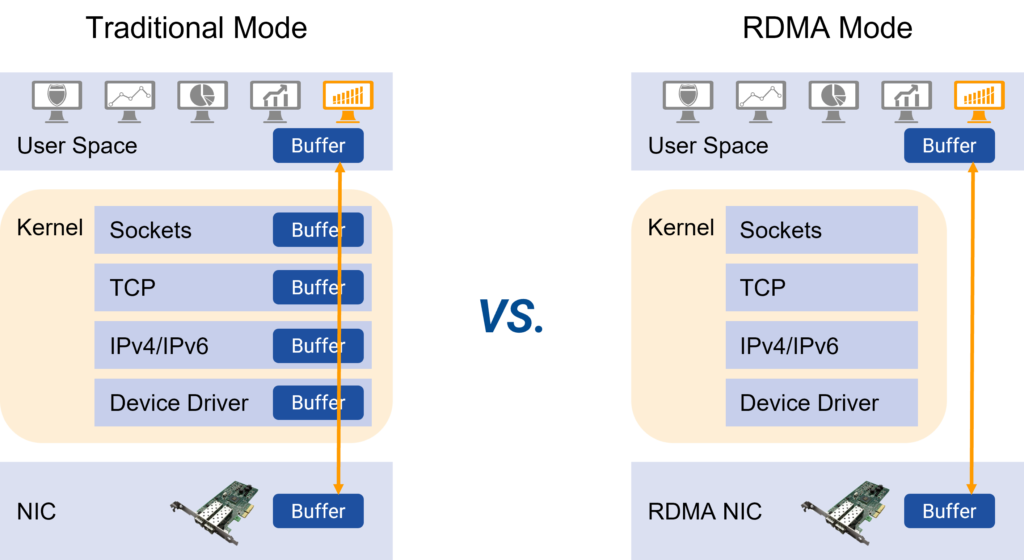
What is RoCE?
RDMA over Converged Ethernet or InfiniBand over Ethernet is a network protocol that allows remote direct memory access (RDMA) over an Ethernet network. It does this by encapsulating an InfiniBand (IB) transport packet over Ethernet. In short, it can be seen as the application of RDMA technology in hyper-converged data centers, cloud, storage, and virtualization environments.
Type of RoCE
There are two versions, v1 and v2.
v1 is an RDMA protocol based on the Ethernet link layer (the switch needs to support PFC and other flow control technologies to ensure reliable transmission at the physical layer), allowing communication between any two hosts in the same Ethernet broadcast domain.
v2 overcomes the limitation of v1 binding to a single VLAN. v2 can be used across L2 and L3 networks by changing packet encapsulation, including IP and UDP headers.
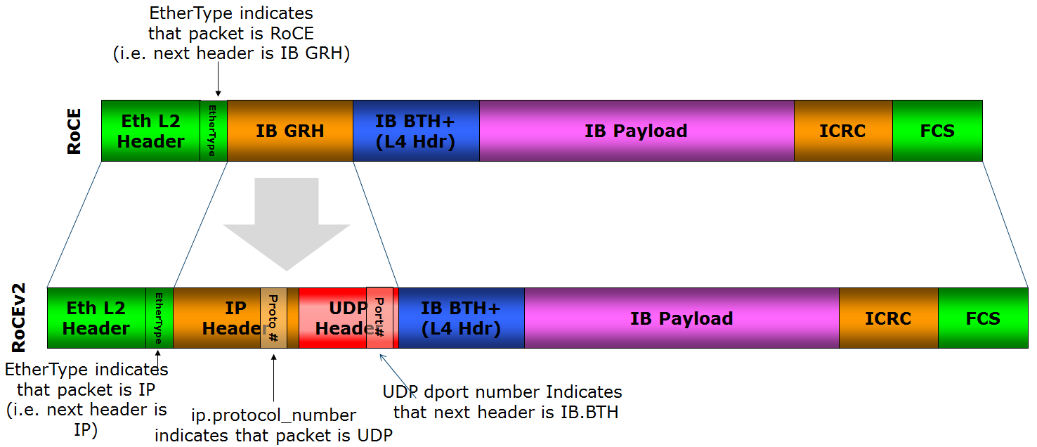
How to Realize it?
To implement RDMA for data centers, a network card driver and network adapter that supports RoCE can be installed. All Ethernet NICs require a RoCE network adapter card. It is available in two ways: for network switches, you can choose to use switches that support PFC (Priority Flow Control) network operating system; for servers or hosts, you need to use a network card.
Comparison of RoCE, iWARP and InfiniBand
Currently, there are three types of RDMA networks. Infiniband is a network designed for RDMA to ensure reliable transport from the hardware level, while RoCE and iWARP are Ethernet-based RDMA technologies that support the corresponding Verbs interface.
RDMA was first realized on the Infiniband transmission network with advanced technology but high price. Later, manufacturers transplanted RDMA to the traditional Ethernet network, reducing the use cost of RDMA and promoting the popularity of RDMA technology.
On Ethernet, there are iWARP and RoCE divided by stack integration. V2’s biggest improvement is IP routing. The following is the comparison of each RDMA network protocol stack.
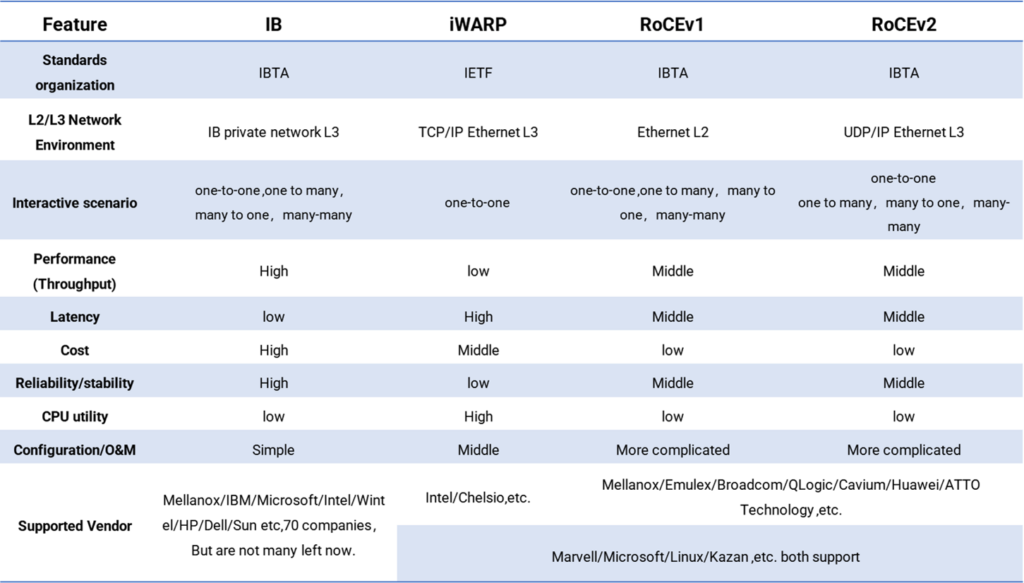
- InfiniBand: supporting a new generation network protocol of RDMA. Since this is a new technology, NICs and switches that need to support it.
- RoCE: A network protocol that allows RDMA to be performed over Ethernet. Its lower network header is an Ethernet header, and its higher network header (including data) is an InfiniBand header. This enables the use of RDMA on standard Ethernet infrastructure (switches). Only NICs should be special and support it.
- iWARP,a network protocol that allows RDMA over TCP. Features in IB and RoCE are not supported in iWARP. This enables the use of RDMA on standard Ethernet infrastructure (switches). Only NICs are special and support iWARP(if use CPU offload), otherwise all iWARP stacks can be implemented in software and most of the RDMA performance benefits are lost.
Advantages
- Low CPU-take-up rate
- High efficiency
- Cost-effective
Asterfusion SONiC based Low latency Switches Support ROCE
The Asterfusion CX-N seires supports RoCEv2 which allows remote direct memory access (RDMA) over an Ethernet network. It solves the delay of server-side data computation and frees up the CPU to do more important tasks, such as running applications and computation large amounts of data. It increases bandwidth and reduces latency, jitter, and CPU consumption, helping to build highly efficient and cost-effective data center networks.
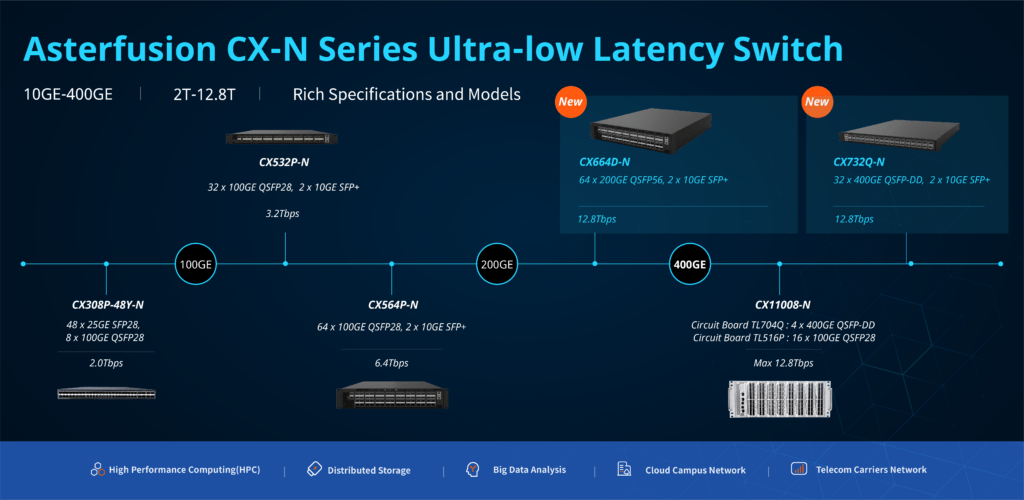
Asterfusion High-Performance Data Center Network Empowers RDMA Applications
Asterfusion CEE:DCB &ECN ……
PFC creates an independent priority queue for RoCE flows
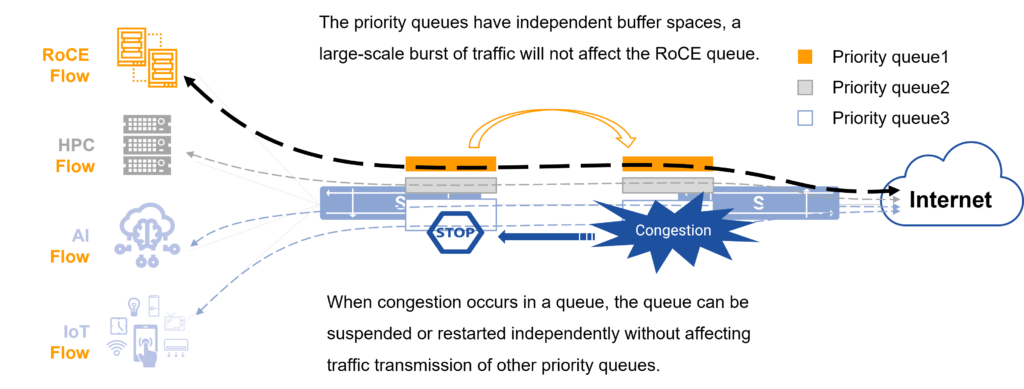
ETS provides the same level service for the same type flow and fully guarantees its bandwidth
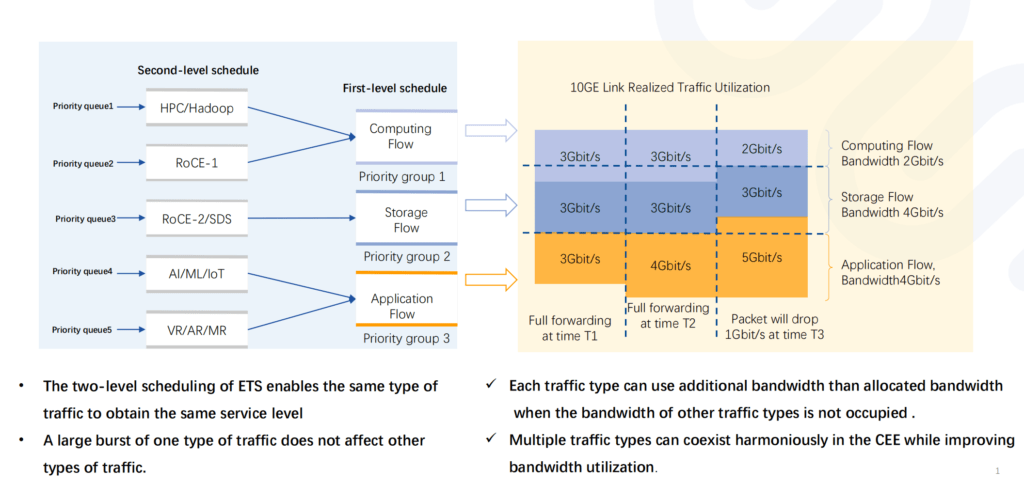
CN provides end-to-end congestion notification for RoCE to solve congestion at the source
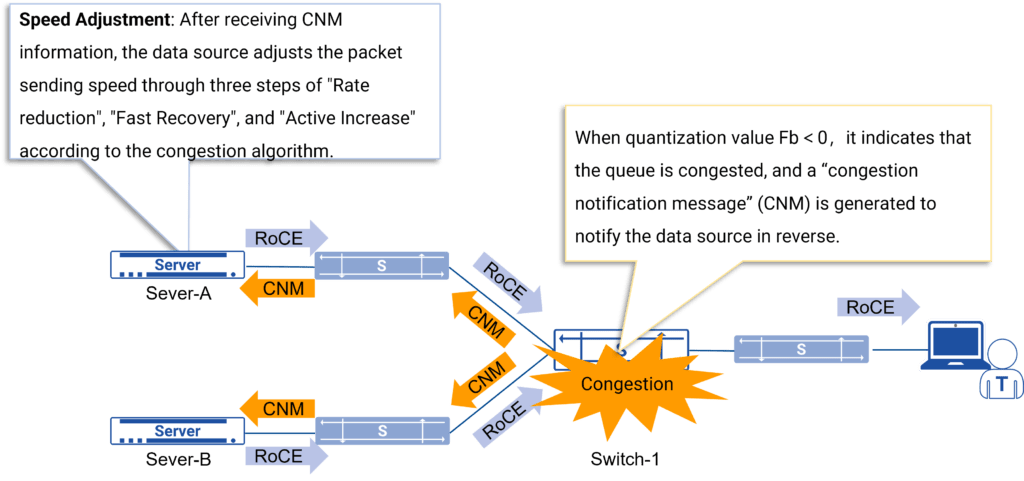
DCBX realizes automatic configuration of DCB parameters of RoCE network equipment
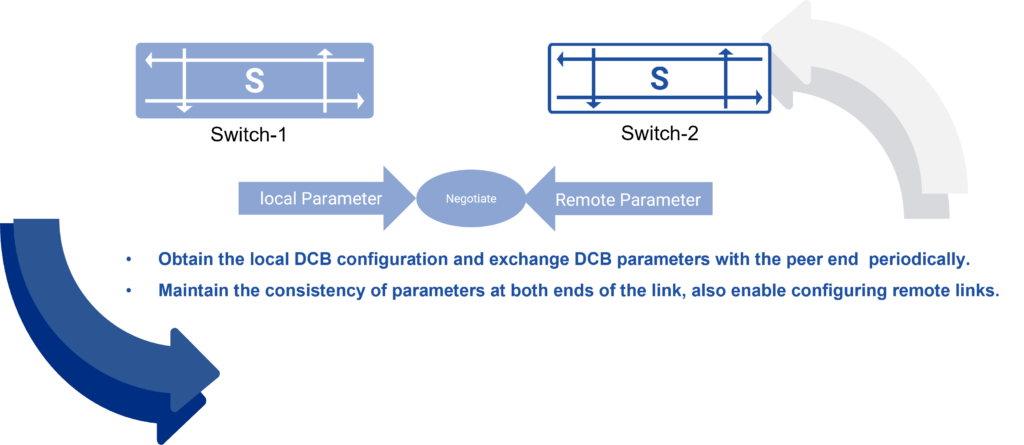
“ECN + Phantom Queueing” predict and avoid network congestion
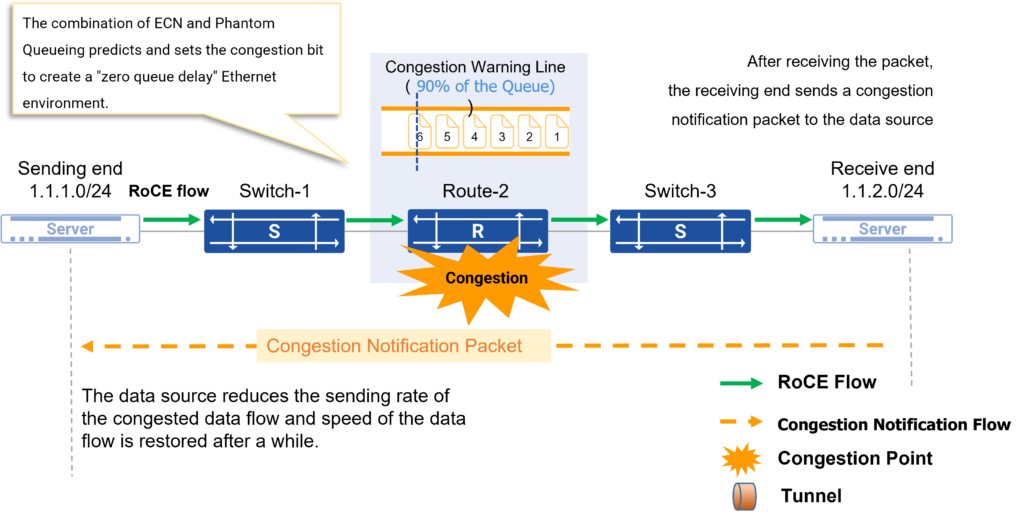
VLAG upgrades reliability from link level to network level
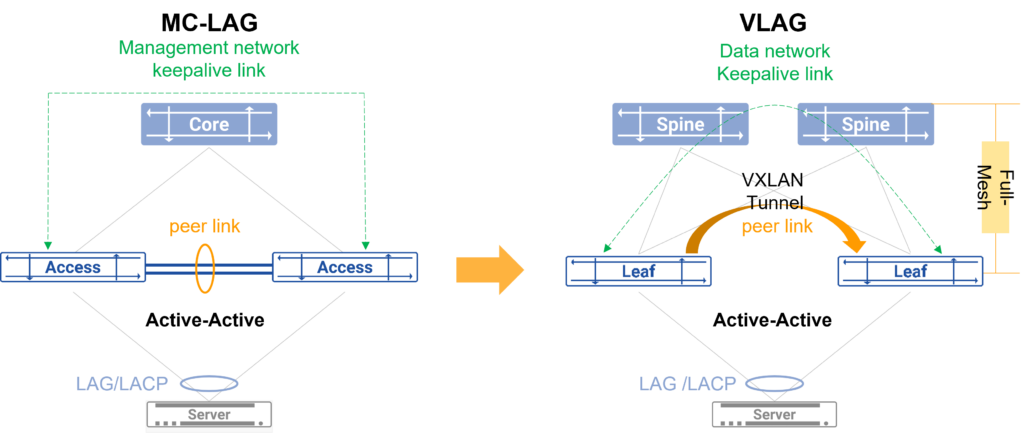
Hardware-assisted intelligent traffic distribution algorithm reduces the faults on traffic
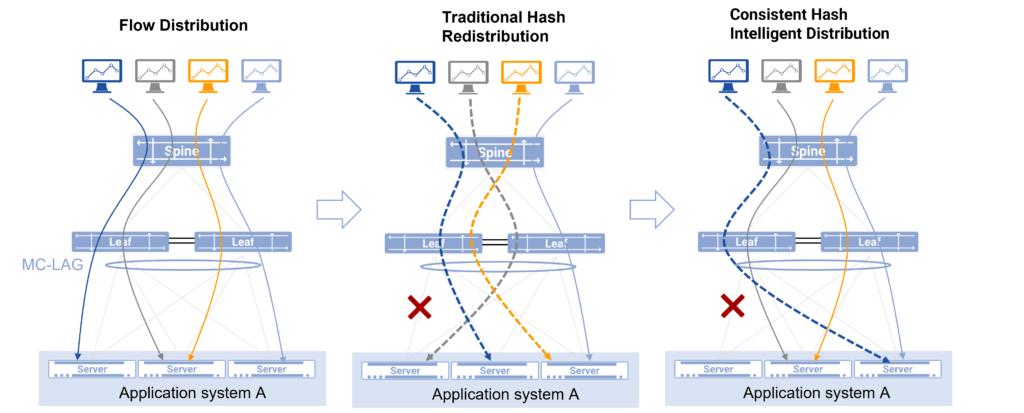
Intelligent Distribution of Several Flowlets of Elephant Flow in Asterfusion Cloud Network
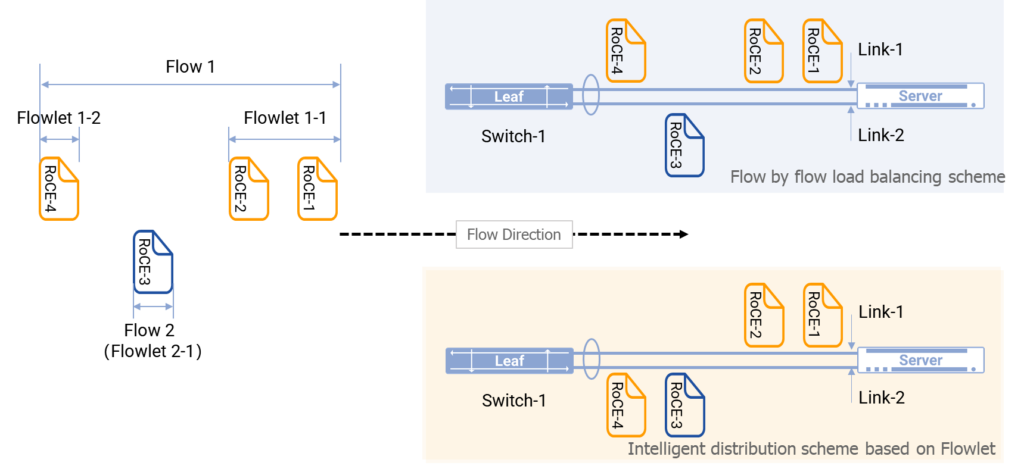
Enable Distributed vL4LB to optimize traffic forwarding paths
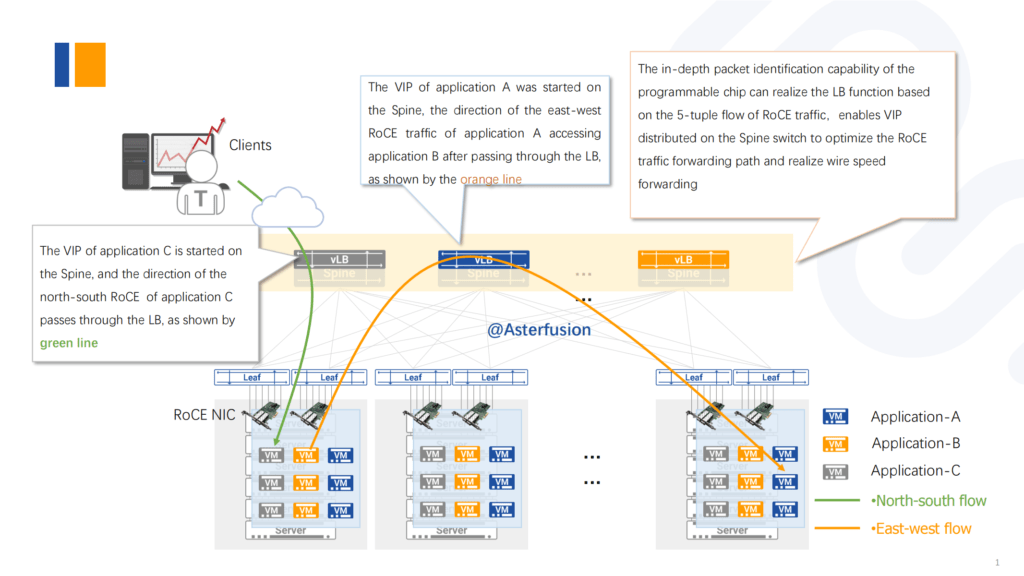
Typical Application Scenarios for Asterfusion Solutions
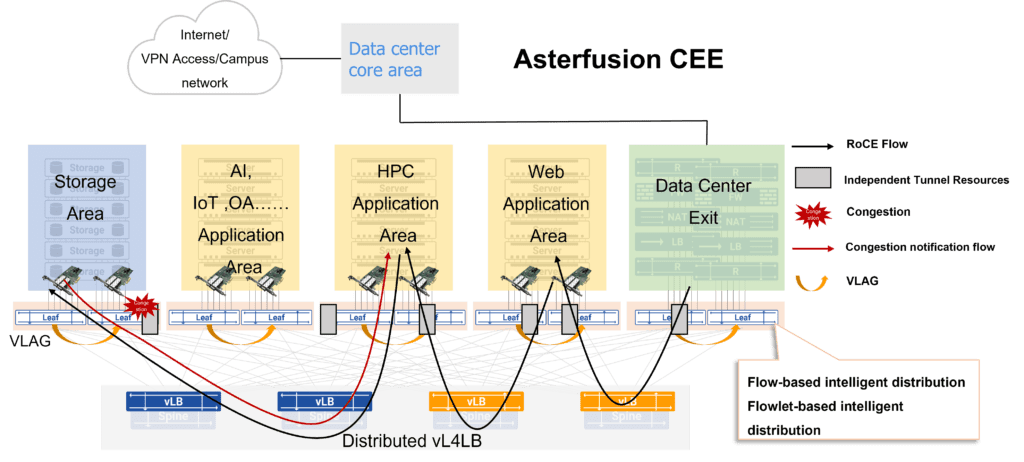
Asterfusion RoCEv2 AI Network Solution with NVIDIA DGX SuperPOD
Your AI/ML computing cluster, hungering for speed and reliability, fueled by the power of 800G/400G/200G Ethernet, RoCEv2 technology, and intelligent load balancing. This isn’t just any connection – it’s a high-performance, low-TCO network powerhouse, courtesy of Asterfusion. No matter the size of your cluster, we’ve got you covered with our one-stop solution.
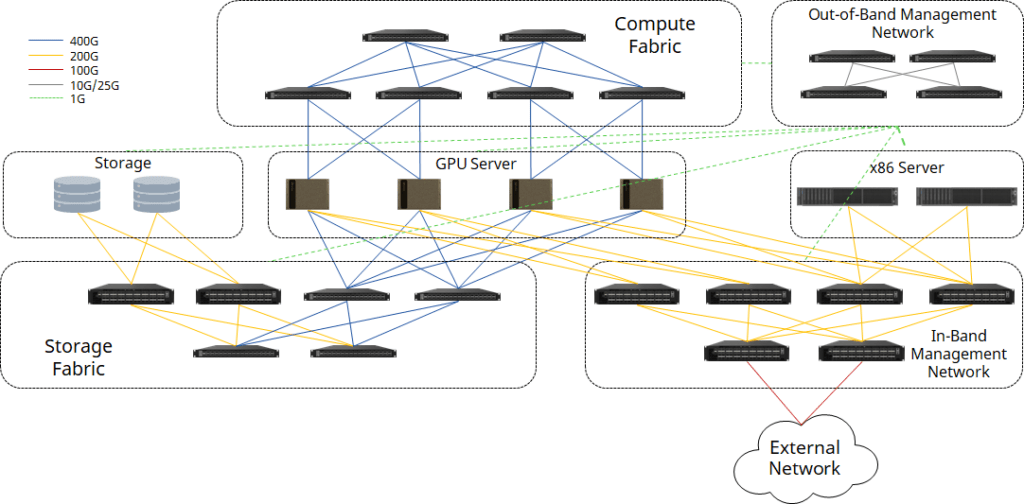
For more about Asterfusion AI network solution :https://cloudswit.ch/solution/rocev2-ai-solution-with-dgx-superpod/
For more test data of comparison of Asterfusion ROCE switch vs InfiniBand Switch
On-site Test Result: Asterfusion RoCEv2-enabled SONiC Switches Vs. InfiniBand
https://cloudswit.ch/blogs/roce-for-hpc-test-data-and-deploy-on-sonic/
How to quick configure ROCEv2 on Asterfusion SONiC data center switch
RoCE Configuration On Asterfusion Enterprise SONiC Distribution (cloudswit.ch)
Related Products
-
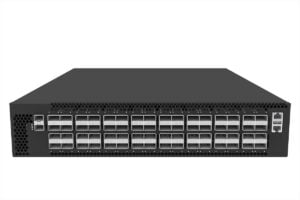 64-Port 200G QSFP56 Low Latency Data Center Switch, Enterprise SONiC Ready, Marvell Teralynx: CX664D-N
64-Port 200G QSFP56 Low Latency Data Center Switch, Enterprise SONiC Ready, Marvell Teralynx: CX664D-N -
 32-Port 400G QSFP-DD Low Latency AI/ML/Data Center Switch, Enterprise SONiC Ready,CX732Q-N
32-Port 400G QSFP-DD Low Latency AI/ML/Data Center Switch, Enterprise SONiC Ready,CX732Q-N -
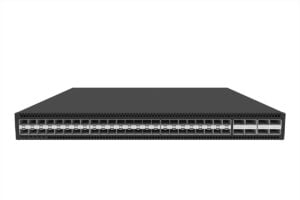 48-Port 25G Data Center Leaf (TOR) Switch with 8x100G Uplinks, SONiC Enterprise Ready, Marvell Falcon: CX308P-48Y-N
48-Port 25G Data Center Leaf (TOR) Switch with 8x100G Uplinks, SONiC Enterprise Ready, Marvell Falcon: CX308P-48Y-N
For more information about Asterfusion Low latency switches and ROCE configuration guide, please contact bd@cloudswit.ch.



